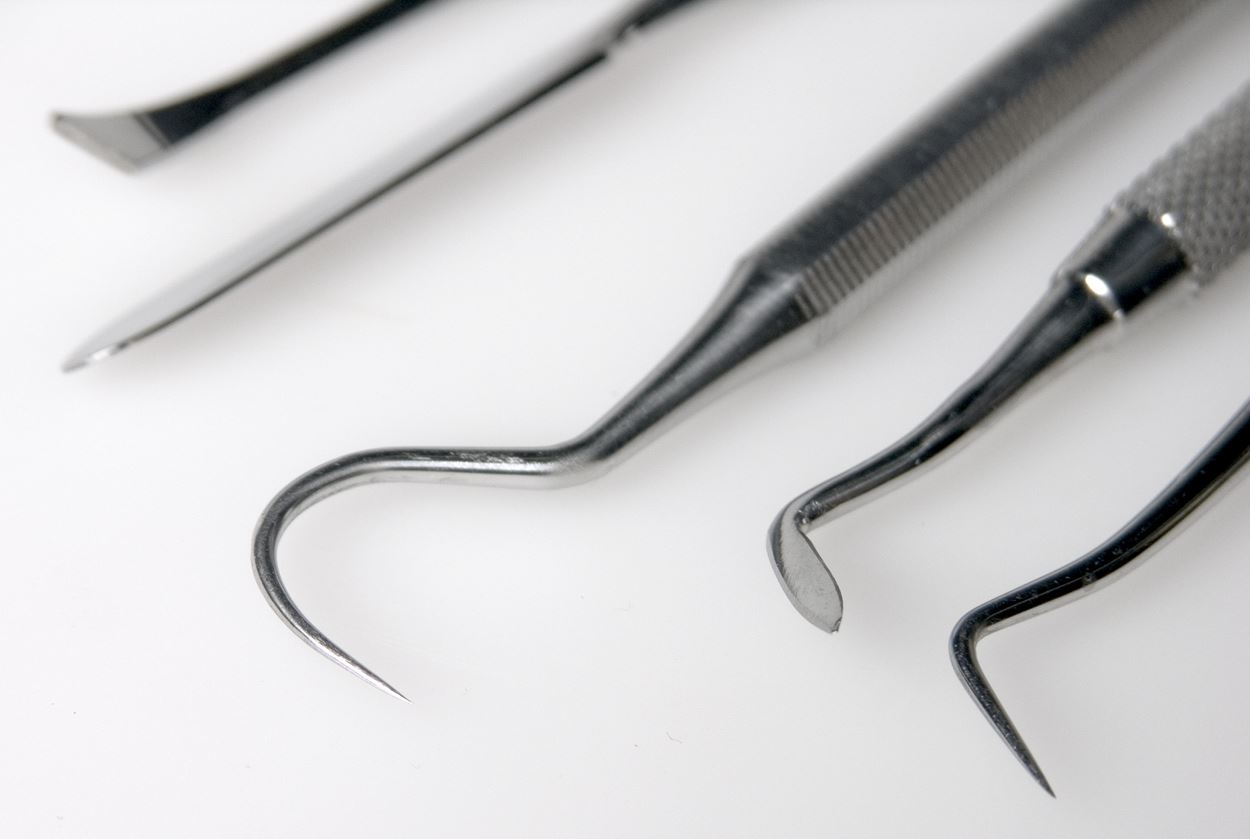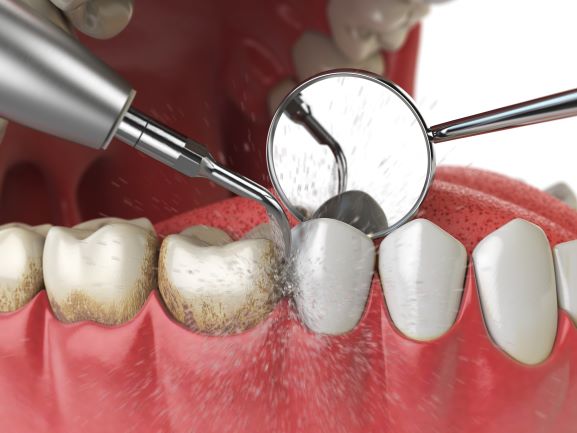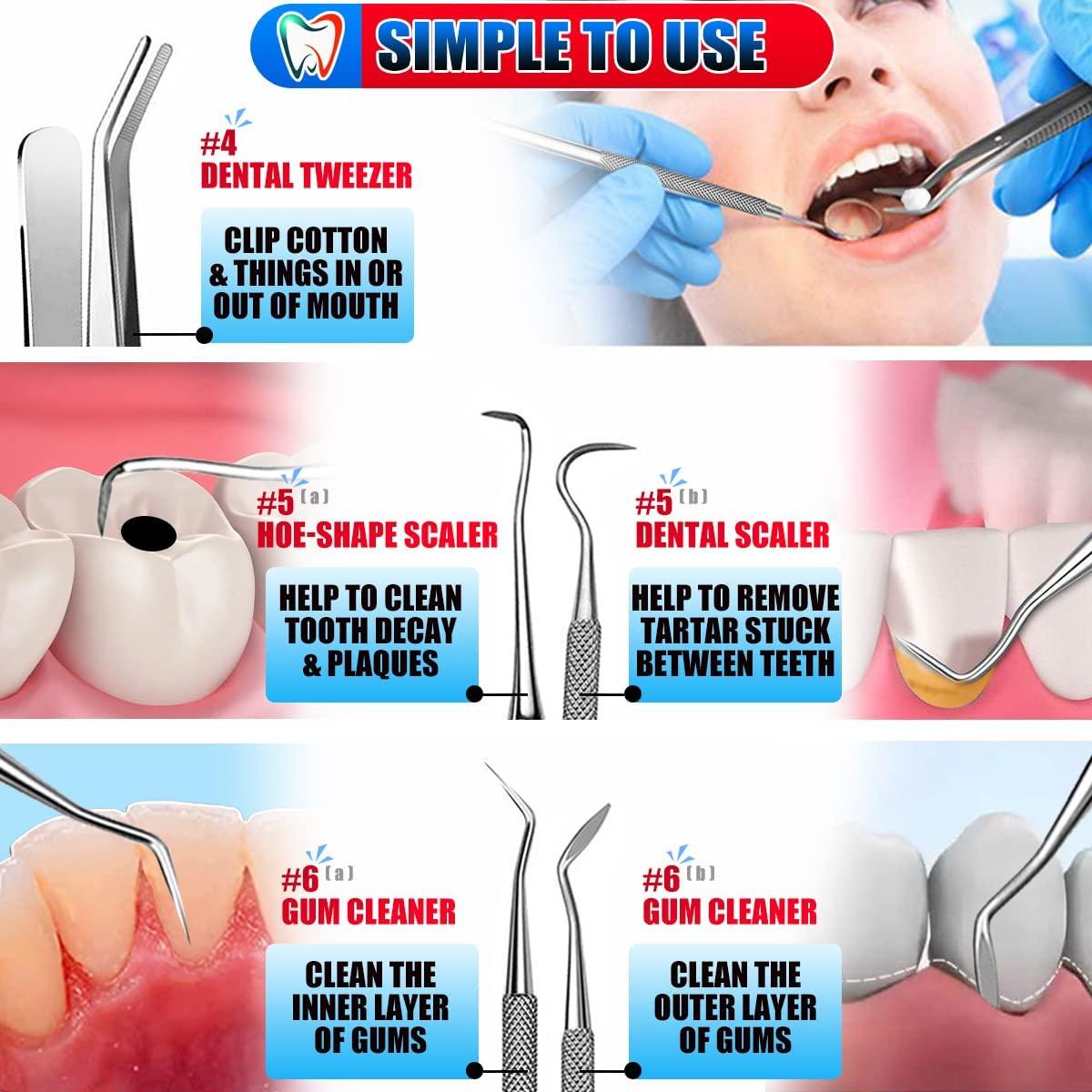What Is The Tool Dentist Use To Remove Plaque

Imagine settling into the plush, slightly reclined dental chair. The gentle hum of machinery fills the air, a comforting white noise against the anticipation of a cleaner, brighter smile. You catch the glint of stainless steel instruments laid out neatly on a tray, each poised to play its part in the meticulous dance of dental hygiene. But which one of these unsung heroes is the real plaque-busting champion?
The tools dentists use to remove plaque are a fascinating blend of time-tested techniques and cutting-edge technology. This article will explore these instruments, revealing their history, functionality, and significance in maintaining optimal oral health. We'll delve into the world of scalers, curettes, and ultrasonic devices, uncovering how they work together to combat the ever-present threat of plaque and tartar.
The Foundation: Hand Instruments
Let's start with the classics: hand instruments. These are the stalwarts of dental hygiene, tools that have been refined over decades of use. They rely on the skill and precision of the dental hygienist to effectively remove plaque and tartar.
The Scaler: A Pointed Approach
The scaler is one of the most recognizable instruments. Its design features a sharp, pointed tip, perfect for reaching into tight spaces and removing larger deposits of tartar above the gum line.
Think of it as a tiny, controlled chisel, carefully chipping away at the hardened plaque that brushing alone can't budge. Dental professionals skillfully maneuver the scaler, ensuring no surface is left untouched.
The Curette: Gentle Subgingival Cleaning
While the scaler tackles above-the-gum-line tartar, the curette is designed for a more delicate task. It is designed to remove plaque and tartar beneath the gum line.
The curette features a rounded toe and back, preventing damage to the soft tissue of the gums. This rounded design allows for careful and effective subgingival cleaning.
The use of scalers and curettes is often referred to as scaling and root planing. According to the American Dental Association (ADA), this deep cleaning process is crucial for managing periodontal disease.
Embracing Technology: Ultrasonic Scalers
In recent years, technology has revolutionized many aspects of dentistry, and plaque removal is no exception. Ultrasonic scalers have emerged as a powerful and efficient alternative to traditional hand instruments.
How Ultrasonic Scalers Work
Ultrasonic scalers use high-frequency vibrations to break down plaque and tartar. They emit a stream of water that helps to flush away debris and cool the tip of the instrument.
This combination of vibration and water makes ultrasonic scalers particularly effective at removing stubborn deposits. Many patients find them to be more comfortable than hand instruments, reducing the need for extensive manual scraping.
Benefits of Ultrasonic Scaling
There are several advantages to using ultrasonic scalers. They can reach deeper into periodontal pockets, are more efficient for removing large deposits, and may reduce the time required for a cleaning appointment.
A study published in the Journal of Periodontology showed that ultrasonic scaling can be more effective than hand scaling in reducing certain types of bacteria in the mouth. This highlights the technology's role in promoting overall oral health.
The Supporting Cast: Essential Accessories
While scalers and curettes are the primary tools for plaque removal, they're not the only ones. A variety of other instruments and accessories play important supporting roles.
Dental Mirrors: A Clear View
A dental mirror allows the dentist or hygienist to see areas of the mouth that would otherwise be difficult or impossible to reach. It provides indirect vision, reflects light, and retracts the tongue and cheeks.
Probes: Measuring the Depth
Probes are used to measure the depth of periodontal pockets, the spaces between the teeth and gums. This measurement helps the dental professional assess the health of the gums and identify areas of inflammation or infection.
Suction: Keeping Things Clean
The suction device is essential for removing saliva, water, and debris from the mouth during the cleaning process. It ensures a clear field of vision and prevents the patient from swallowing excess fluids.
Maintaining the Tools: Sterilization and Hygiene
The cleanliness of dental instruments is paramount. Dentists and hygienists follow strict sterilization protocols to prevent the spread of infection. All instruments are thoroughly cleaned, disinfected, and sterilized after each use.
Autoclaves, which use high-pressure steam to kill bacteria and viruses, are commonly used to sterilize dental instruments. This rigorous sterilization process protects both patients and dental professionals.
The Human Element: Skill and Expertise
It's important to remember that the effectiveness of any dental instrument depends on the skill and expertise of the person using it. A skilled dental hygienist can use hand instruments or ultrasonic scalers to achieve excellent results.
Regular training and continuing education are essential for dental professionals to stay up-to-date on the latest techniques and technologies. This ensures that patients receive the best possible care.
Conclusion: A Partnership for a Healthy Smile
The tools that dentists use to remove plaque are more than just instruments. They are essential components of a comprehensive oral health plan, working in concert with regular brushing, flossing, and a healthy diet.
By understanding the purpose and function of these tools, we can appreciate the importance of regular dental checkups and the role of dental professionals in helping us maintain healthy, bright smiles. Remember, your dentist and hygienist are your partners in achieving optimal oral health, and the tools they use are simply extensions of their expertise and care.


















